FEBRUARY 2020 Blues Vol 36 No 2
- Text
- Blues
- Enforcement
- Deferred
- Rewards
- January
- Rangers
- Responders
- Continued
- Precinct
- Shell
- February
THE TEXAS FIRST RANGERS
THE TEXAS FIRST RANGERS TEXAS RANGERS The history of the Texas Rangers is as complicated as Texas history itself The history of the Texas Rangers spans nearly 200 years. Thousands of Rangers patrolled the frontier, fought in military battles, and arrested cattle rustlers. Their story contains heroic acts of bravery, but also moments that challenge our idea of the Rangers as noble lawmen. They protected settlers and enforced laws, but also sometimes executed thieves without a trial, drove Native American tribes from their homelands, and some Rangers even lynched Mexicans and Mexican Americans along the Texas-Mexico border. “Rangers for the common defense” Patrolling the Frontier After the 1836 Texas Revolution, a wave of new settlers headed to Texas enticed by acres of land offered for little money. This increased settlement led to conflicts with American Indians who already occupied the territory and a renewed desire to send the Texas Rangers out on patrol. To protect the new Texans, Ranger companies patrolled the frontier as well as the border with Mexico. It was during this time that John “Jack” Coffee Hays became the most famous Texas Ranger of the era. Fighting in some of the period’s most significant battles between Texans and American Indians, Hays quickly proved himself to be a strong leader, smart decision-maker, and fearless and brutal fighter. He rose up the ranks quickly and was soon leading Ranger companies on frontier patrols and in battles against American Indians. Hays and the Texas Rangers also played a crucial role in securing the Texas-Mexico border during the 1840s. Agaton Quinones and Manuel Leal led groups of thieves, who crossed the Rio Grande into Texas to rob travelers and rustle cattle, then fled back to Mexico to sell their stolen goods. These bandits operated under the protection of Mexican Captain Ignacio Garcia, who received a percentage of the profits. In response to the increasing number of attacks by Quinones’s and Leal’s men, Hays was given broad legal powers to track down the thieves and execute them without trial, which he did. In 1823, empresario Stephen F. Austin announced he would supplement the Mexican government’s militia patrols with his own force of ten men, whom he paid out of his own pocket. Thus, the Texas Rangers were born. Unsatisfied with the protection the Mexican government provided, Stephen F. Austin created his own force of “rangers” to protect the men and women living in his colony. Austin tasked the Rangers with patrolling the roads and wilderness around the colony for “errant thieves united with Indians.” Many of the men who volunteered as Rangers lived in Austin’s colony and hoped their service would A. R. Olds and Thomas C. Taylor, both 19 years old, on help protect their own families from the day they both took their oaths as Texas Rangers attacks by American Indians. Some in 1899. Photographer unknown. were also motivated by the desire to take revenge on American Indians for past raids. During the Texas Revolution in 1836, the provisional government Each [Ranger] was armed with a rifle, a pistol, and a authorized the first official, government-sanctioned Ranger force to and small wallet in which he carried salt and ammu- knife. With a Mexican blanket tied behind his saddle patrol the Texas frontier and protect nition and perhaps a little panola or parched corn, settlers from raids by American Indians. Though this force was reor- spiced and sweetened – a great allayer of thirst – and tobacco, he was equipped for a month. The little body ganized after Texas won its independence from Mexico, it continued of men, unencumbered by baggage wagons or pack trains, moved as lightly over the prairie as the Indians. to function in much the same way: Stephen F. Austin wrote his order creating the first Ranger groups of volunteers were organized as they were needed to patrol and force on the back of a land document dated August 4, 1823. protect the frontier, then disbanded The company was led by Lieutenant Moses Morrison. Stephen when their specific missions were F. Austin Papers, di_08980, The Dolph Briscoe Center for done. American History, The University of Texas at Austin 34 The BLUES POLICE MAGAZINE The BLUES POLICE MAGAZINE 35
- Page 1 and 2: The BLUES POLICE MAGAZINE 1
- Page 4: FEBRUARY, 2020 • VOL. 36 NO. 2 TH
- Page 8: There’re all kinds of ways to was
- Page 12: Always Put Family First - Aftermath
- Page 16: Life after Law Enforcement The tran
- Page 20: We’re not Firemen Sarge WORDS by
- Page 24: Former Pct. 2 Constable and captain
- Page 28: Last month was an extremely difficu
- Page 32: It’s a GROUP THING! 33 Georgia St
- Page 38: Investigator Ryan D. Fortini New Yo
- Page 42: Deputy Sheriff Sheldon Gordon White
- Page 46: Voted #1 Condo Rental! Continued fr
- Page 50: OFFICERS DOWN in CORPUS CHRISTI Tra
- Page 54: 54 The BLUES POLICE MAGAZINE
Inappropriate
Loading...
Mail this publication
Loading...
Embed
Loading...

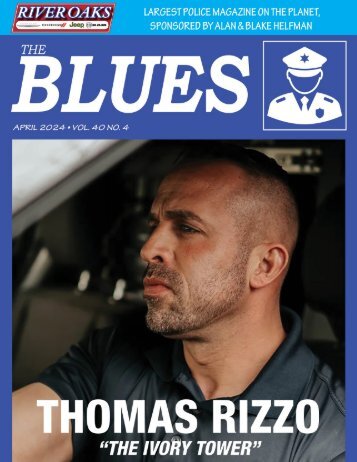
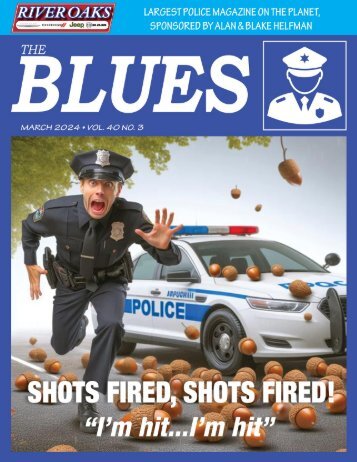

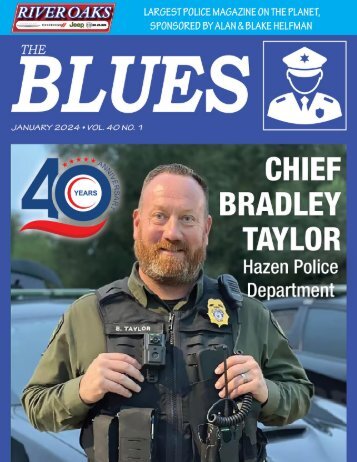
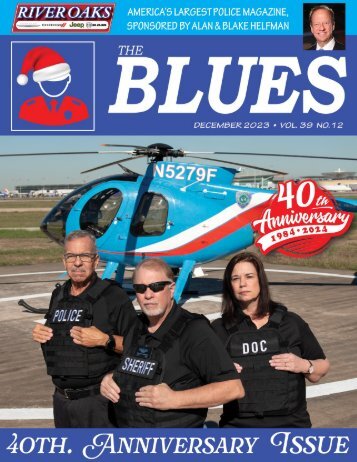
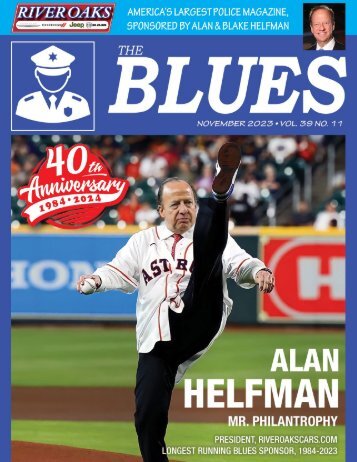

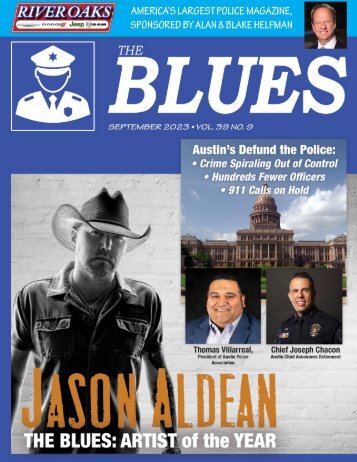
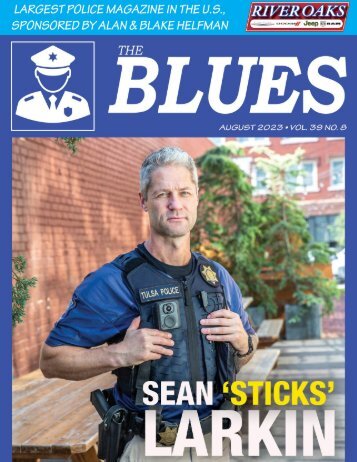


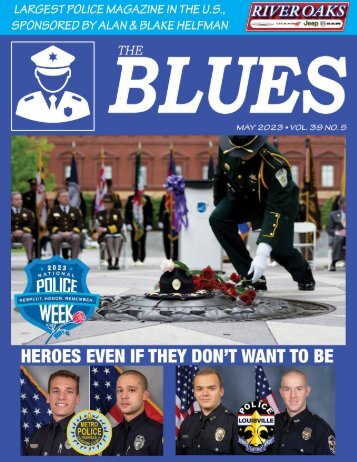
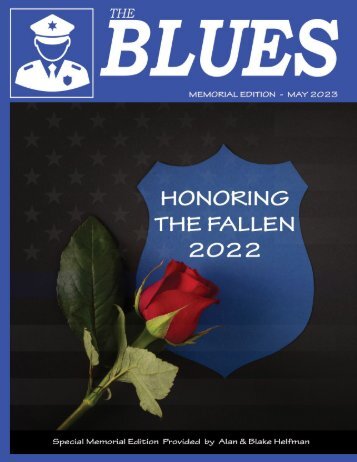
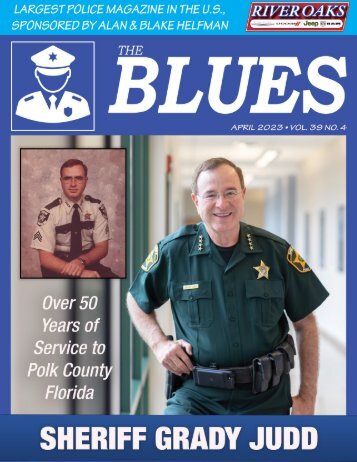
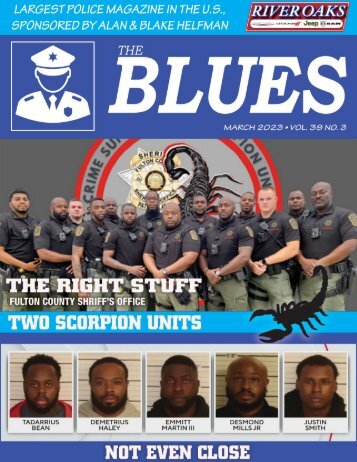
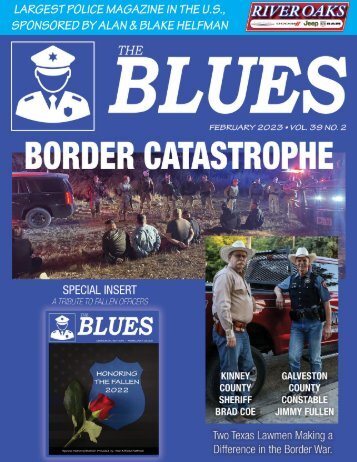
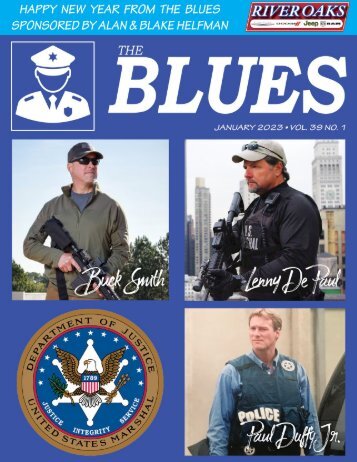

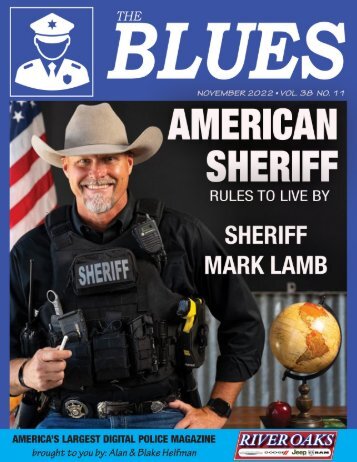

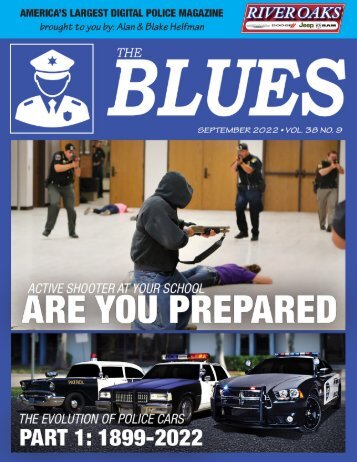
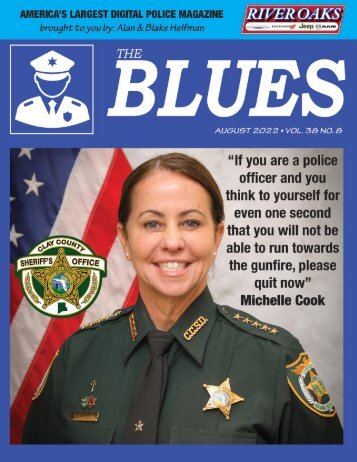

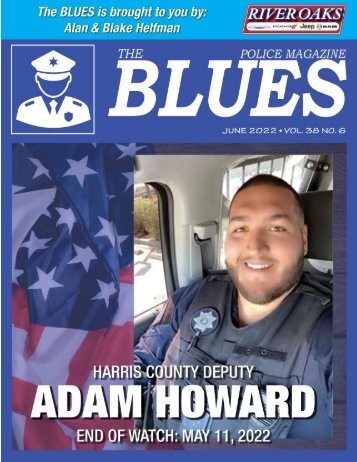
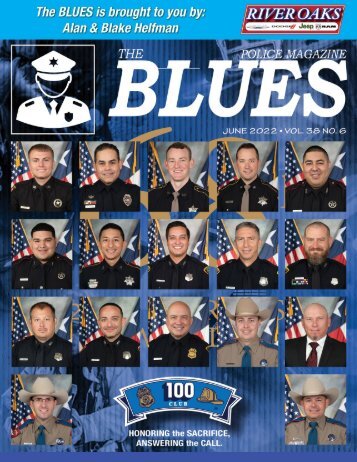
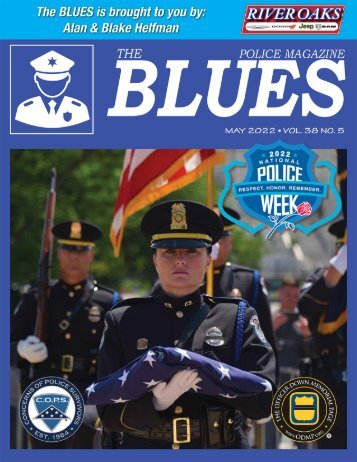
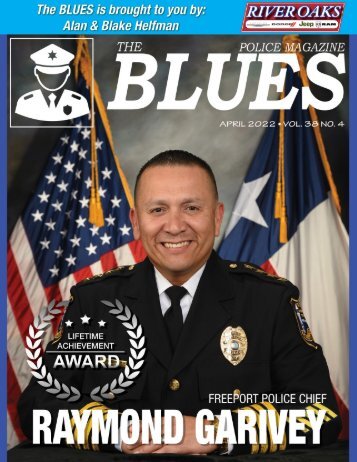
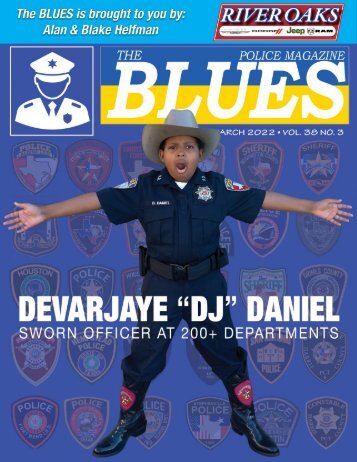
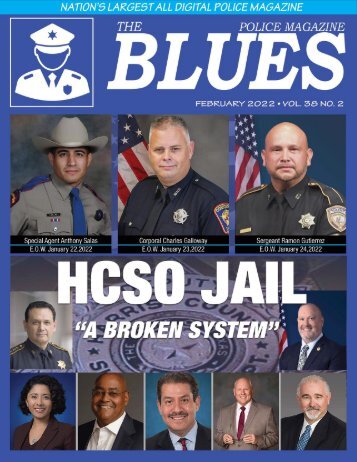
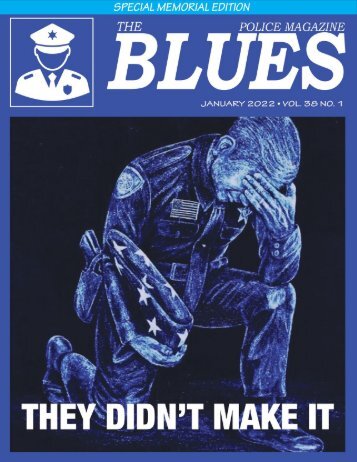
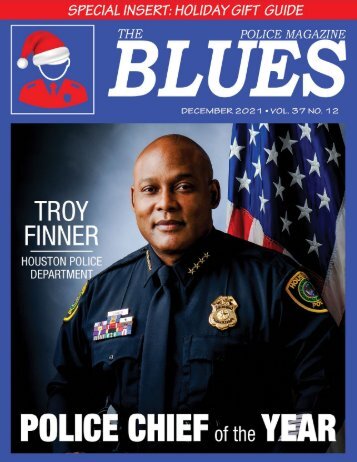

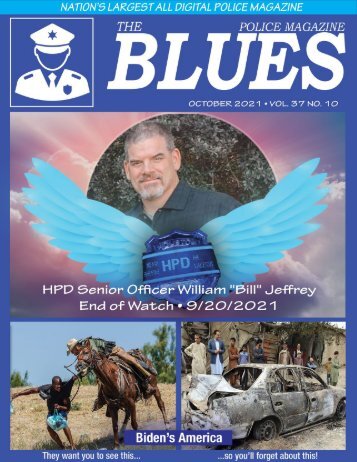
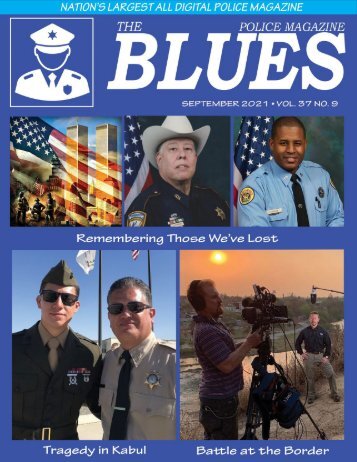
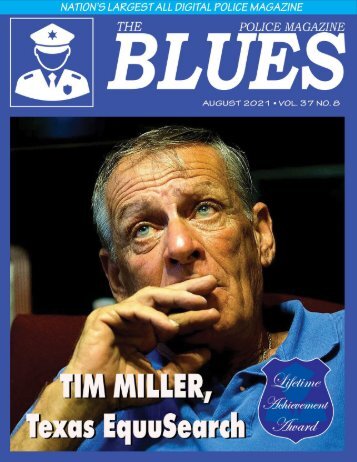


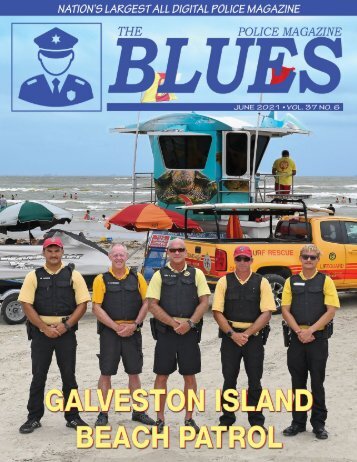

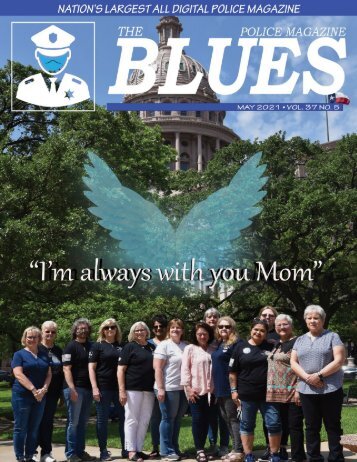
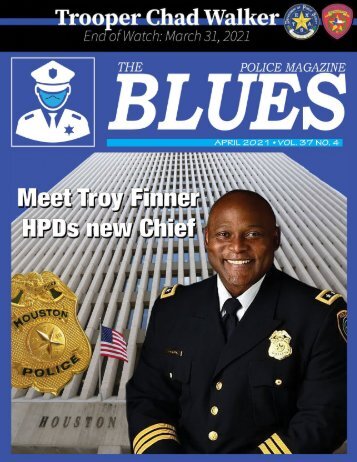

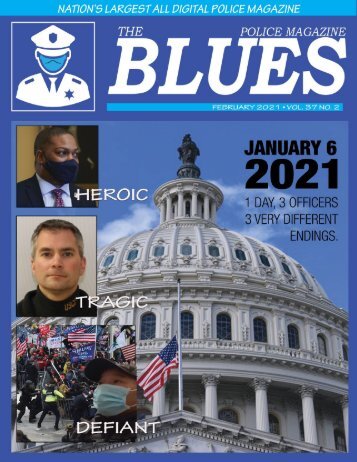

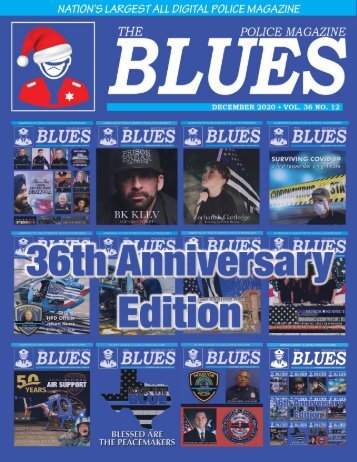

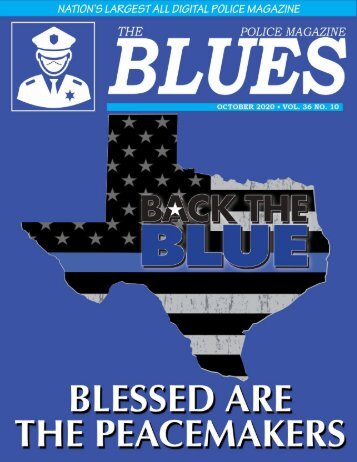

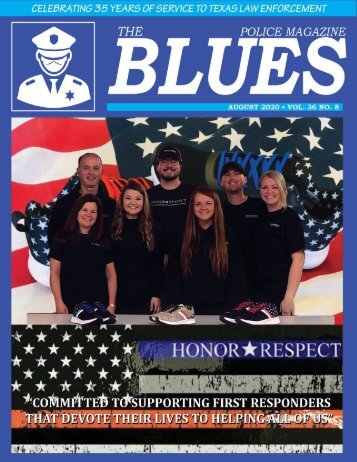
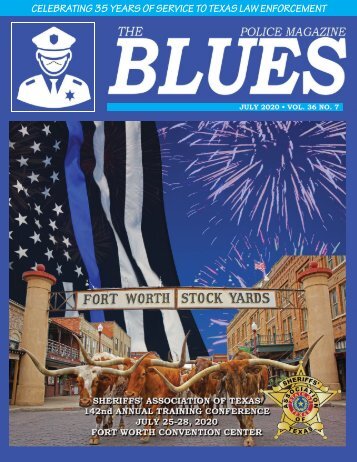
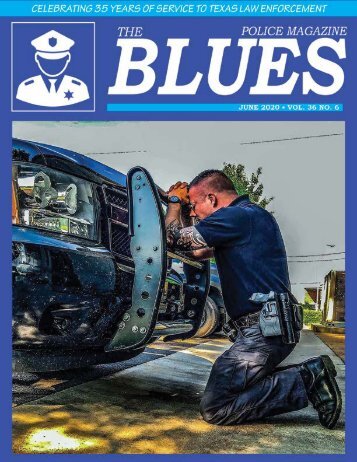




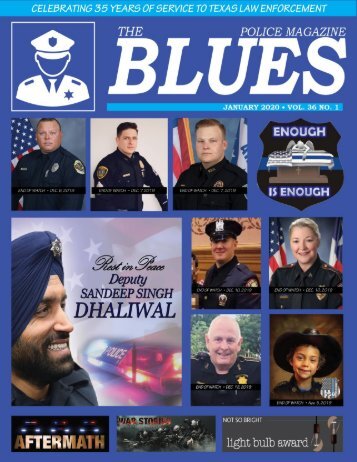
Follow Us
Facebook